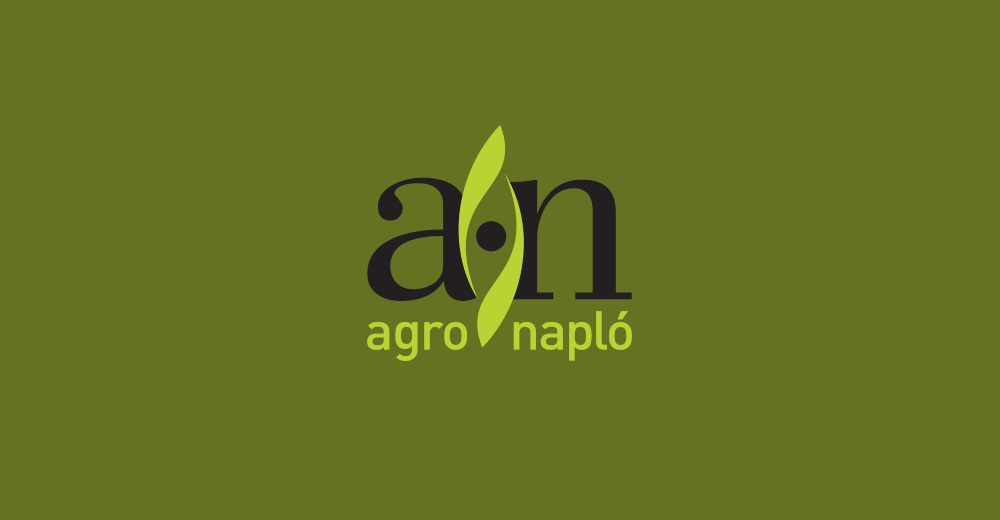On Monday, EU agricultural ministers will meet to discuss the simplification of the Common Agriculture Policy, which has been promoted as THE flagship project of the Juncker Commission in the field of agriculture. Simplification is somehow a rather consensual target: all EU agricultural commissioners for at least 20 years have attempted to simplify the CAP.
Despite many initiatives like the “single” payments scheme and the “single” Common Market Organisation, the CAP is still accused of growing more and more complex. The last high level forum, led by Mr Stoiber a few years ago, set the target of 25% reduction in administrative burdens for farmers which, on paper, was not only achieved, but even exceeded officially (-36%)! The same could be said more recently on the REFIT exercise.
As a result, one might suggest that the problem is not directly linked with the CAP itself or regulations as such…
Beyond extrapolating on whether or not the Commission will manage to make a real difference in terms of administrative burdens for farmers this time, it seems necessary to question the target of simplification itself.
Agricultural policy decisions in the EU were historically made by a single department for agriculture, which focused primarily on the Common Agricultural Policy (CAP), under the direction of the Commissioner in charge of Agriculture and Rural Development.
Stakeholders and farmers were following only one policy area in order to understand the functioning of European agricultural policy. They were following the CAP – and that was it ! However, both the European Union and the agricultural sector have since evolved.
On one side, today's challenges in the agri/food sector – which range from scientific developments and international competition, to climate change and environmental concerns – have required a greater variety of competencies to be shared among an ever-increasing number of sectors. Farmers and food producers not only need to expand theirs skills to new techniques, but they also need to keep an eye on a full range of different societal developments outside their farms or small business which create a sense of complexity, but also real and tangible difficulties to adapt to and anticipate the trends.
On the other side, the EU itself has evolved, with new Member States and new administrative processes. A quick assessment of European policies which have a direct or indirect impact on the agricultural sector – such as those related to trade, health, climate, environment, energy, and external action – demonstrates the interconnectedness of the sector with other policy areas pursued by the EU. Policy-makers preparing the EU position for the 2015 COP Paris Conference, for example, will indirectly influence the decisions to follow shortly after on the role of agriculture in Europe's climate objectives for 2030. On the one hand, the EU emphasises food security as a top priority, on the other hand, it is about to set target that could reduce the capacity of the same EU to produce more in some regions – this is far from simple! There is a similar picture when it comes to trade policy. Ambitious trade agreements will imply at least the adjustment of EU agricultural policy to reap the benefits of these agreements, ensuring that European producers are on an equal footing in terms of internal support and competitiveness with their challengers from our trade partners.
Many examples could be added to the list.
Those working in the department for agriculture, and the current Commissioner for Agriculture, do, of course, remain responsible for the implementation of agricultural and rural development policy. However, other elements of agricultural policy, including those such as international trade, environment and climate related objectives, and health and consumer safety, now fall within the mandate of other sections of the European Commission which does not ease the readability of EU policy… And this is without mentioning the multi-layer legislations stemming from mandates for regional and national initiatives at Member State level.
In simple words, to have a simple EU agriculture policy the real ambition should be:
- to preserve a single, efficient, and coherent Agricultural/Food Policy at EU level ;
- to focus on a limited number of clear and well targeted tools clearly connected to and coherence with policy objectives ;
- to have a clear leadership with coherent and consistent responsibilities, in order to avoid a fragmented approach.
To achieve this, one might suggest that the EU Commissioner for Agriculture should be up-graded as a vice president in the new EU approach.
In other words, coherence and some kind of centralisation (not incompatible with a level of flexibility) are the cornerstones of the simplification process – but who today really supports such an approach?







